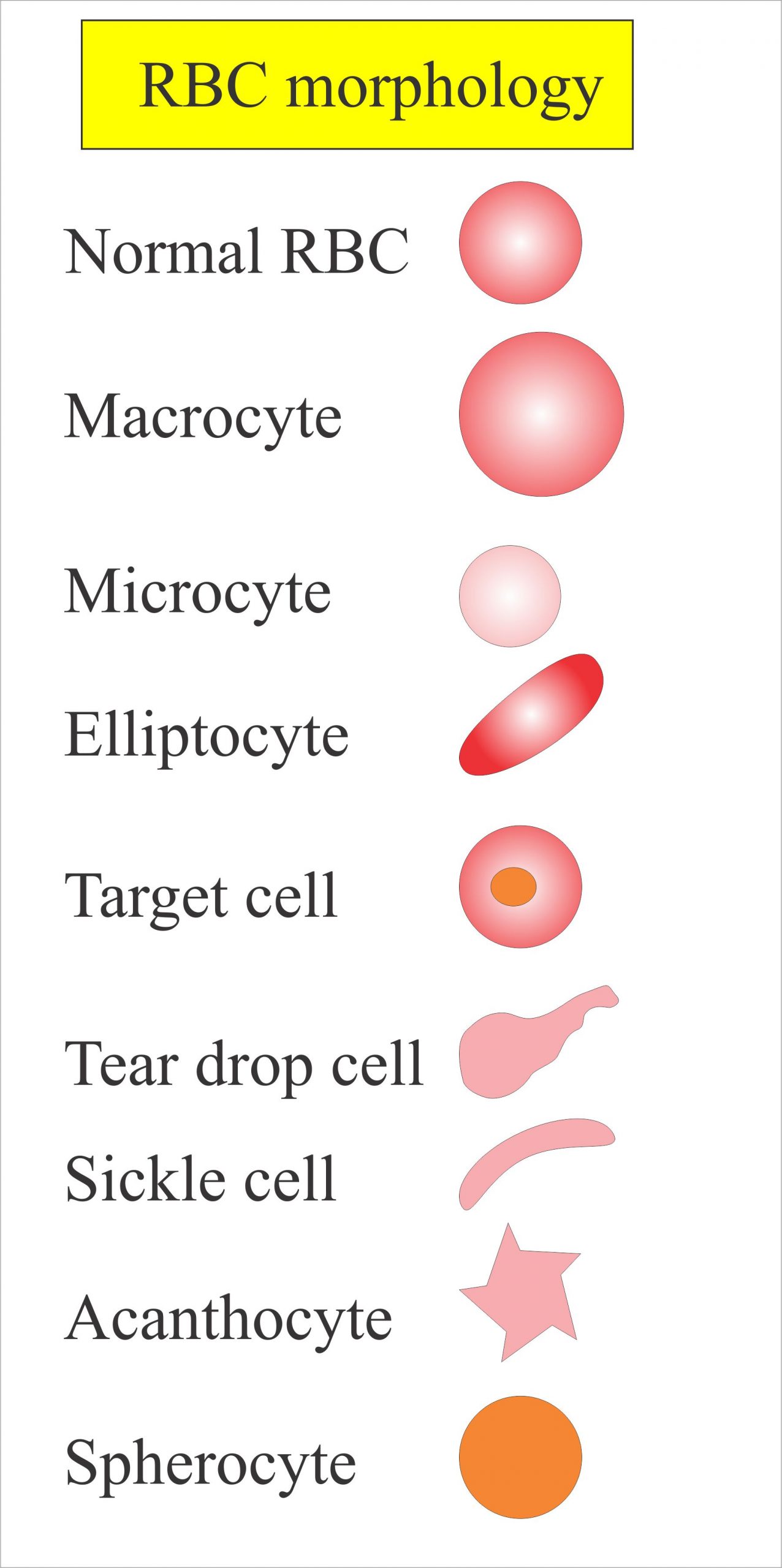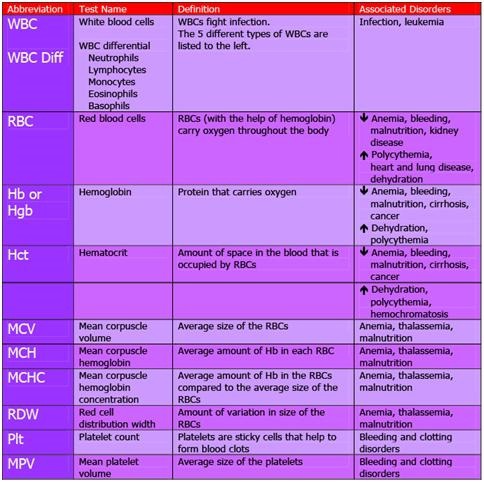
White Blood Cell Differential Interpretation. The combination of polychrome methylene blue and eosin stains has. The wbc differential identifies and counts the number of the five types of white blood cells present neutrophils. White blood cells wbcs also called leukocytes are cells that circulate in the blood and the lymphatic system that help protect the body against infections they are an important part of the body s immune system and also have a role in inflammation allergies and protection against cancer a wbc differential categorizes the numbers of each of the different types of wbcs in sample of your blood. Different characteristics of the nuclei and cytoplasm of the cell allow differentiation by instrumentation and microscopy.

The wbc differential identifies and counts the number of the five types of white blood cells present neutrophils. Granulocytes lymphocytes monocytes eosinophils and basophils. A study of red blood cell white blood cell and platelet morphology is also performed. White blood cell wbc count is a count of the total number of white blood cells in your blood sample. White cell count differential. A white blood cell differential is a medical laboratory test that provides information about the types and amounts of white blood cells in a person s blood.
The wbc differential identifies and counts the number of the five types of white blood cells present neutrophils.
Knowing these levels can help a doctor to diagnose a variety of acute and chronic illnesses. Differential blood count gives relative percentage of each type of white blood cell and also helps reveal abnormal white blood cell populations eg blasts immature granulocytes or circulating lymphoma cells in the peripheral blood. A complete blood count cbc consists of 11 different components one of which is the wbc white blood cell differential count. Different characteristics of the nuclei and cytoplasm of the cell allow differentiation by instrumentation and microscopy. White blood cell differential may be included as part of the cbc or may be done in follow up if the wbc count is high or low. A white blood cell wbc count measures the number of white blood cells in your blood and a wbc differential determines the percentage of each type of white blood cell present in your blood.